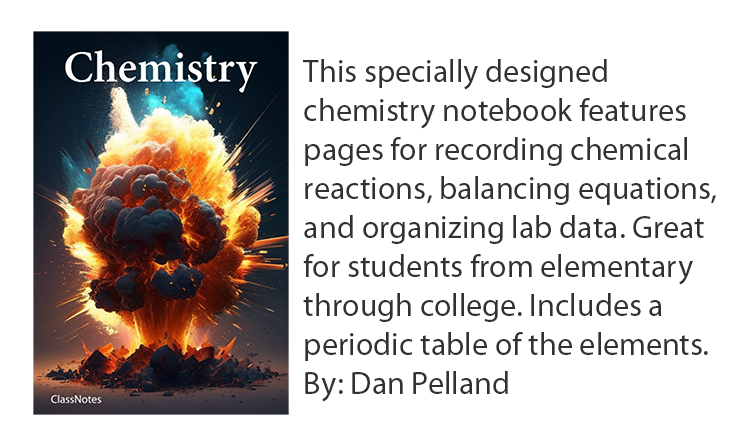How we got from grunts to AI
I want to understand language evolution from primitive symbols to ChatGPT. Along with taming fire, and making tools, using technology for communication is the pre-eminent human development defining our place in nature.
The earliest human language, likely composed of simple gestures and sounds, conveyed basic ideas and emotions. However, these primitive languages, shared by small groups, were limited in scope and very context-dependent.
The Early Settlements and Community
About 12,000 years ago, humans began to make permanent settlements in response to newly adopted technologies like farming and the domestication of animals. Around these settlements, populations grew, driving the need for more sophisticated language systems. In his book Sapiens, Yuval Noah Harari explains how myths and stories created shared cultural identities that enabled communities to grow beyond tribal hunter-gatherer groups into cultures and cities.
One of the earliest forms of writing is the Sumerian cuneiform script, which developed around 3500 BCE in ancient Mesopotamia. This system of wedge-shaped marks made in clay tablets represented words and ideas. Over time, the Sumerian script evolved to include phonetic elements, representing verbal utterances and eventually, complex sentences.
The Portability Solution
However, in its infancy, written language, one of the most important developments in human evolution, lacked portability. We waited nearly 5000 years for the solution. Then, Bi Sheng invented moveable type in the 11th century, and Johannes Gutenberg developed the printing press in the 16th century enabling mass-produced written texts and shareable knowledge on a vast scale.

The Electric Revolution
Somewhat later, we employed the power of electricity, which may have been the most important technological development ever. That happened in 1832 when Samuel Morse gave us the telegraph, eventually replaced by voice-to-voice communication via the telephone. Guglielmo Marconi and others then ushered in the era of radio which, combined with telegraphy, opened the world to high-speed data communication. The rest is, well, history.
By the mid-20th century, the world was overflowing with new technology and abundant electrical appliances. One appliance, in particular, marked another major turning point — the computer. Human language became much more complex, including programming languages and digital communication technologies. In the 1990s, the Internet provided instantaneous communication across the globe and spawned more new forms of digital media.
Primitive Symbols to ChatGPT and the Road to AGI — Artificial General Intelligence
Recently, artificial intelligence (AI) and natural language processing (NLP) leaped into our world, spurring debate, anxiety, and deep fascination with new possibilities. The most popular AI and NLP systems interpret and generate natural-sounding human language, allowing machines to communicate with humans in ways nearly anyone can understand and use.
In 2023, hundreds of millions of people logged on to platforms capable of producing any sort of written or image-based content. We didn’t need training. Costs are minimal, and the platforms are lightning-fast.
A popular version, ChatGPT by OpenAI, responds to user prompts by generating natural-sounding text. It is an ideal tool for applications, including chatbots, virtual assistants, and content creation.
In its development, ChatGPT used a deep-learning algorithm to analyze enormous amounts of text and data to identify language patterns. So it learned to generate responses similar in style and tone to human speech. As users interact with ChatGPT, the platform continues to learn and adapt, growing increasingly accurate.
ChatGPT and other natural language processing technologies represent a major language evolution milestone. A revolution looms on the very near horizon. Humans will talk with machines the same way we speak with other humans, and machines may become as intelligent as humans (AGI). There is a growing anxiety that with such evolution comes an insurmountable set of ethical challenges and perhaps some real danger to our world.
Human language progressed from primitive symbols to ChatGPT extraordinarily quickly. We marveled at the printing press in the 16th century and the telegraph and radio in the 19th century. The 20th century exploded with technology, and the 21st brought even more advancement. The next ten years will be even more exciting.
Each new communication advancement expands human interaction, so we begin to express our ideas increasingly complexly and nuancedly. We will continue to see innovative and advanced forms of communication emerge, and we need to be prepared.
Risks and Rewards
While the development of natural language processing technologies like ChatGPT has enormous potential, it raises important ethical and social questions. What are the implications of using AI-powered language models to create content or automate customer service interactions? What happens to human jobs when we automate language-based tasks? How can we ensure that AI language systems give factual, unbiased, and fair responses?
We have to address these questions sooner rather than later as we move forward. We will need a critical eye to recognize the potential benefits and risks.
Learn more
Sapiens: a Brief History of Human Kind by Yuval Noah Harari, et al





One Response